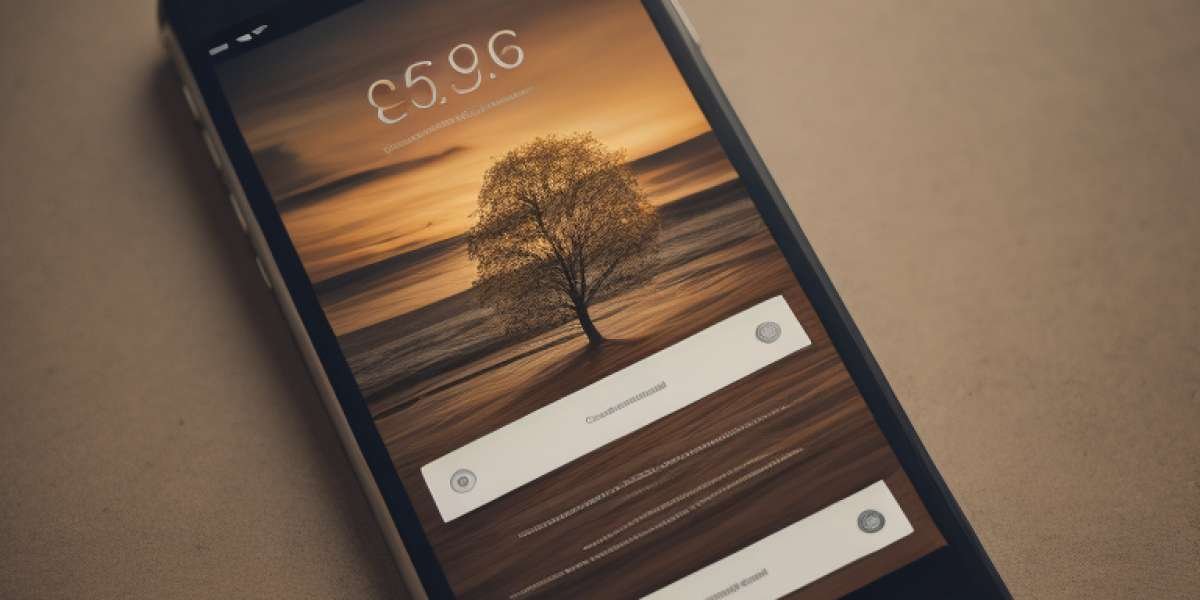In the world of mobile app development, creating a user-friendly experience is critical to the success of any app. The navigation system is one of the most important aspects of a user-friendly mobile app. Designing intuitive and efficient navigation can significantly enhance the overall user experience. This guide will explore the best practices for designing user-friendly mobile app navigation to ensure users can easily navigate your app and find what they want.
Understanding Your Users and Their Journey
A deep dive into their journey is crucial to effectively design a navigation system that caters to your mobile app users. Begin by delineating the various user personas that represent your app's audience. Each persona embodies distinct characteristics, goals, and obstacles they may encounter while using your app. This segmentation enables a more personalized approach to navigation design, where you can anticipate users' paths and what they aim to achieve during their app interaction.
Mapping out the user journey is an invaluable step. This entails detailing each stage of interaction from the initial app launch to the achievement of their end goal, whether it's making a purchase, finding information, or connecting with others. At each stage, identify potential friction points that could disrupt the user experience or deter the user from progressing.
Understanding the context in which your app will be used also plays a pivotal role. Are your users likely to engage with the app while multitasking, or are they more inclined to use it during moments of total attention? The context can significantly influence how users navigate your app and what type of navigation structure will be most effective.
By empathizing with your users and immersing yourself in their journey, you're better equipped to design a navigation system that meets their needs and enhances their overall experience with your app. This tailored approach ensures that the navigation design is functional and resonates with users personally, making their interaction with your app more intuitive and satisfying.
Choosing the Right Navigation Pattern for Your App
Navigating the landscape of mobile app navigation patterns can be daunting, but selecting the appropriate one is pivotal to crafting an engaging user experience. The key is to align the pattern with the app's structure and the hierarchy of information it presents. A tab bar or bottom navigation bar might suffice for more superficial apps with limited features, offering quick access to different sections with a single tap. These patterns are particularly effective for apps with a straightforward, easy-to-navigate interface.
Conversely, a navigation drawer or a more dynamic, hierarchical system may be necessary for more complex applications that house various features and content. These allow for a cleaner primary interface while providing extensive navigational options without overwhelming the user. It's also vital to factor in the frequency of use for various features; high-frequency options should be readily accessible, while lesser-used features can be nested within menus.
When deciding on a navigation pattern, one must also consider the app's target audience and familiarity with standard navigation models. Leveraging common patterns can enhance usability by aligning with user expectations, but there's always room for innovation in presenting and organizing navigation elements, provided it keeps intuitiveness intact.
Remember, the chosen navigation pattern sets the foundation for the app's user interface and significantly impacts user engagement and satisfaction. Therefore, it's worth exploring various patterns and critically evaluating their suitability for your app's unique needs and goals.
Simplifying Navigation with Minimalism
Embracing a minimalist approach in mobile app navigation design is about stripping down to the essentials. This strategy reduces the user's cognitive effort by eliminating extra features or content that do not directly contribute to the app's core functionality. By prioritizing clarity and simplicity, developers can create a navigation experience that feels more intuitive and fluid.
The principle of minimalism in navigation centers on displaying only the necessary elements. This might mean opting for a streamlined menu highlighting primary actions or employing a clean, uncluttered interface that guides users to their destination without distractions. The aim is to facilitate quick and easy decision-making for the user, allowing them to achieve their goals with minimal effort.
In implementing a minimalist navigation design, carefully considering the placement and visibility of navigational elements is essential. Elements crucial for user tasks should be prominently displayed and easily accessible, while secondary features can be tucked away but still reachable with an extra step or two. This careful balance ensures that the app remains functional and user-friendly without overwhelming the user with choices.
Adopting a minimalist approach also means paying close attention to the visual design. Utilizing ample whitespace, coherent color schemes, and straightforward typography can help direct the user's attention to where it's needed most, enhancing the navigability of the app. Keeping the design simple and focused will pave the way for a smoother, more enjoyable user journey through the app.
Making Navigation Intuitive with Familiar Icons and Labels
Incorporating familiar icons and labels is a fundamental strategy in mobile app development to make navigation intuitive. Icons are universal signifiers that can transcend language barriers, making them a powerful tool in the app developer's arsenal. When selecting icons for your app, opt for those widely recognized and have established meanings within the digital space, such as a house for 'home,' a magnifying glass for 'search,' or a gear for 'settings.' This aligns with app development fundamentals by leveraging common visual language to streamline user comprehension and interaction. Similarly, clear and concise labels alongside icons can further demystify navigation, guiding users with straightforward text describing the action or destination. Combining recognizable icons with descriptive labels reduces the cognitive load on users, enabling them to navigate the app more confidently and efficiently. It is essential to ensure that the typography of these labels is legible and accessible, with adequate contrast and size to cater to all users. By thoughtfully integrating familiar icons and labels, developers can craft a navigation experience that feels natural and effortless, allowing users to focus on the content and functionalities of the app rather than how to navigate it.



